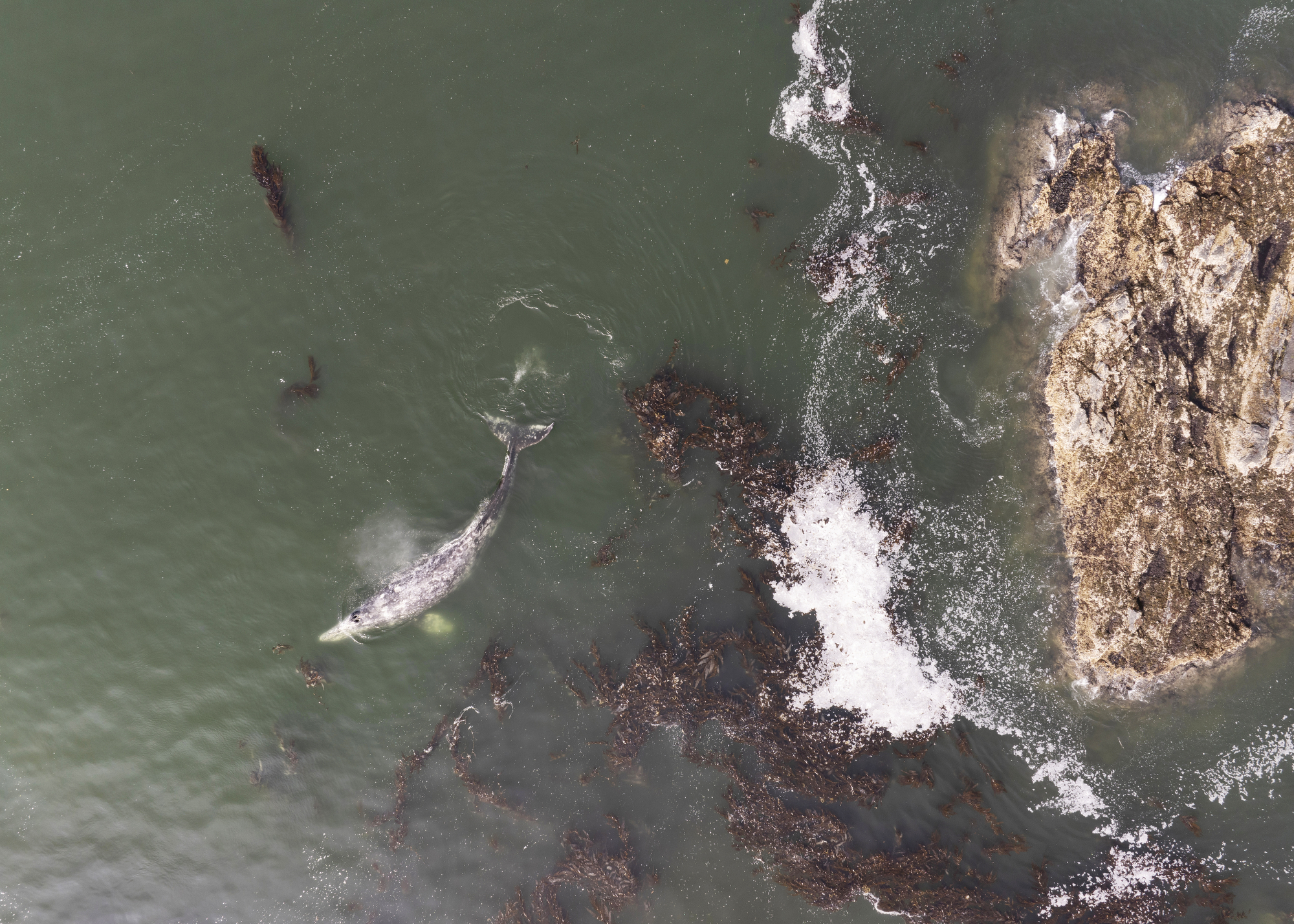cross-posted from: https://hexbear.net/post/5682397
The Łingít (Tlingít) Elder and subsistence yaaw (herring) fisherman recalled harvesting gáax’w (herring eggs) in his territories before Alaska became a state in 1959. It was a time when yaaw were plentiful and sightings of whales were rare — just a handful at most.
“There was food everywhere,” mused Yanshkawoo, tracing a slow circle in the air with his hand — a gesture toward the abundance the ocean once held. He sat at a crowded café in Sheet’ká (Sitka), his voice calm but thoughtful.
“They had no reason to come into the Sound back then.”
But things changed in 2019, when fishers, researchers and community members began noticing an influx of grey whales, an order of magnitude larger than in previous years.
Just as vast stretches of coastline transforms into a milky blue haze marking the annual yaaw spawn, suddenly, there were more than 150 grey whales sharing the same waters — and sustenance — as the Sheet’ká Ḵwáan (people of Sitka Tribe).
Every spring since time immemorial, Łingít, Haida and Híɫzaqv (Heiltsuk) people, among others, have gathered haaw da.aa (eggs on hemlock boughs) and kelp to share, trade and gift across communities.
Now, an unprecedented number of grey whales have joined the harvest, drawn by the same rich food source.


